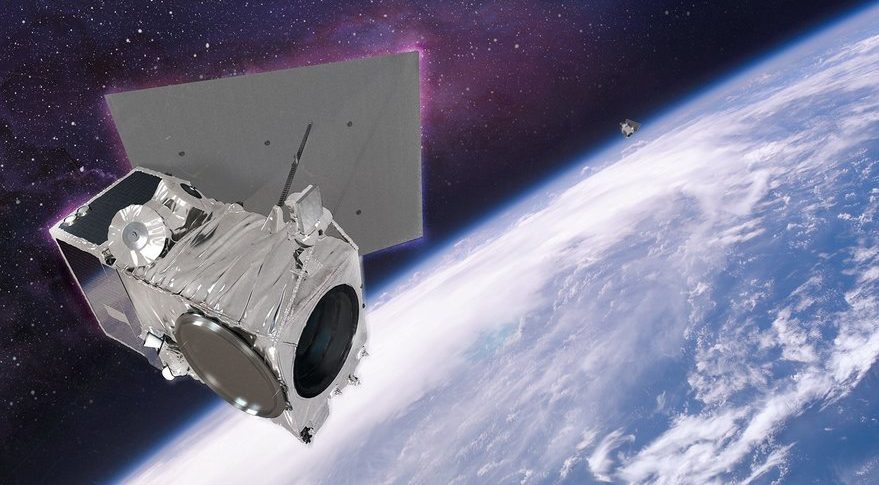NATIONAL HARBOR, Md. — Maxar Technologies, an operator of high-resolution Earth imaging satellites, has received regulatory approval to use its satellites to monitor the space environment and sell that data commercially.
Having a license to offer non-Earth imagery allows commercial remote sensing satellites to observe objects such as other satellites and orbital debris.
Maxar is looking to use this capability to fill growing commercial and government demand for debris monitoring and space domain awareness data, the company’s CEO Daniel Jablonsky told SpaceNews Sept. 20 at the Air, Space & Cyber conference.
Jablonsky said the company’s in-space monitoring services could support national security priorities that range from tracking objects, analyzing their characteristics and discriminating benign from aggressive activities in orbit.
Maxar’s four imaging satellites currently in orbit have always had the capability to watch the space environment but the new remote-sensing license modification approved recently by the National Oceanic and Atmospheric Administration (NOAA) “allows us to do that commercially,” said Jablonsky.
He said securing this licensing approval has been a long-time goal of Maxar given the congestion in orbit and the hazards posed by debris objects. Jablonsky credited the Biden administration’s National Space Council for “having done a nice job of making sure that commercial capabilities that can be brought to bear can be commercialized. And I think this is a good example of that.”
Vice President Kamala Harris said the council will work to revamp regulations for the entire space industry to boost U.S. competitiveness.
For Maxar and other industry operators, having accurate data on potential threats in orbit has huge financial implications. Jablonsky noted that the WorldView-2 imaging satellite — then operated by DigitalGlobe — in 2016 was hit by a non-tracked piece of debris. Since acquiring DigitalGlobe in 2017, Maxar has increased advocacy for better space situational awareness and traffic management.
After the debris incident, the company used one of its other satellites to image WorldView-2 and determine that the damage was minimal. But in order to do that, under the licensing agreement at the time, it had to get permission from NOAA to take an image of its own satellite.
The licensing for non-Earth imagery also applies to Maxar’s six WorldView Legion satellites that the company plans to start launching later this year.

